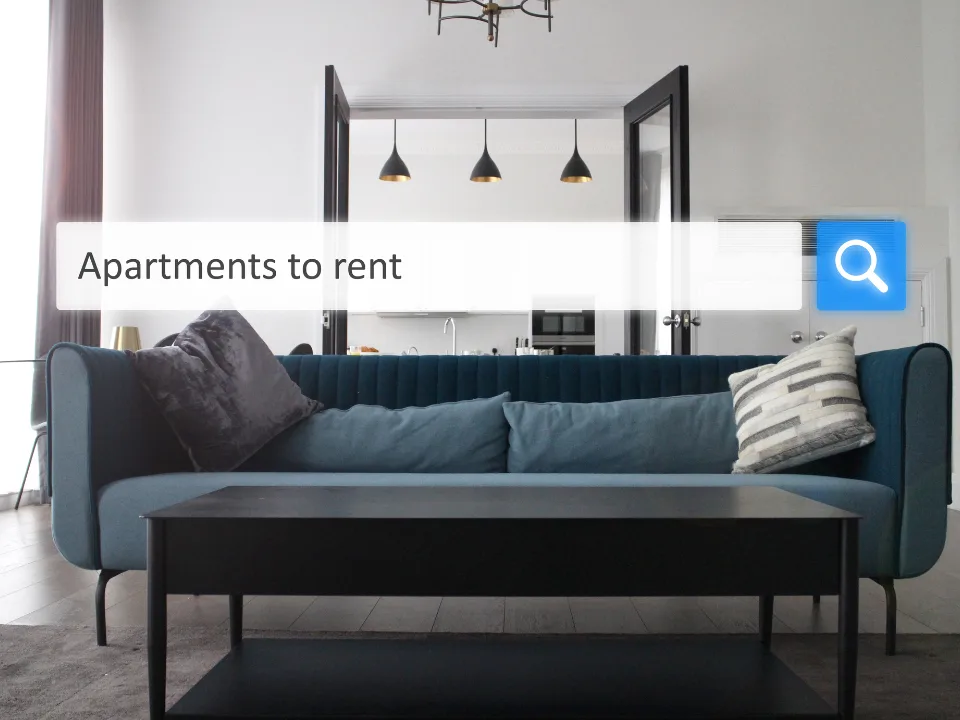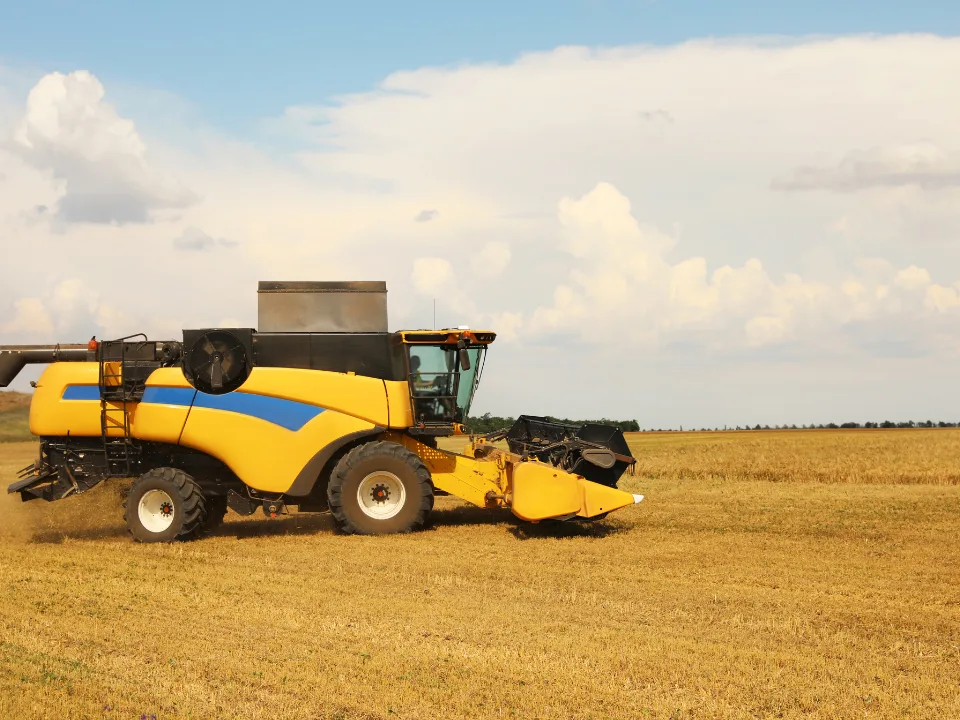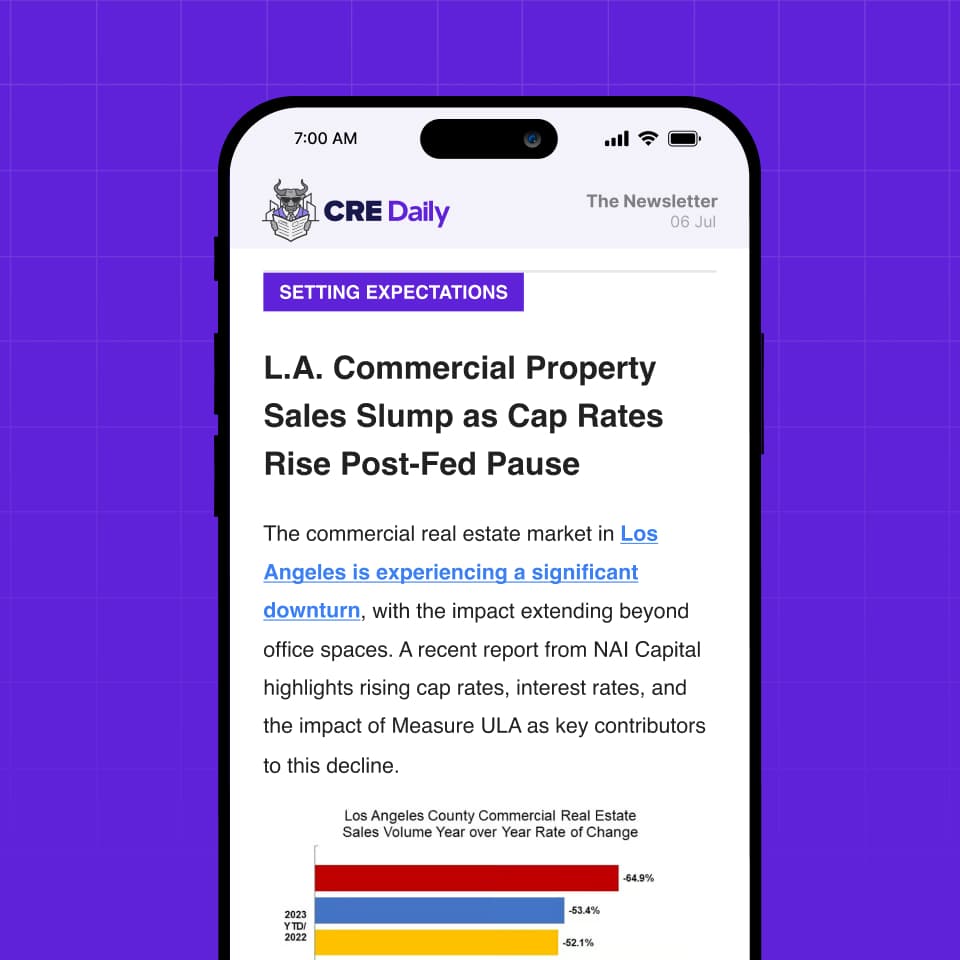- BTR construction starts fell by over half in 2024, dropping from 48.1K units in 2023 to 22.6K units, signaling a slowdown in new supply.
- Texas leads the US in BTR development with nearly 22K rental homes under construction, far outpacing Arizona and Florida.
- Financing difficulties and rising construction costs are squeezing small developers, pushing some back to traditional multifamily projects.
- Demand for BTR units remains strong, with renters favoring larger spaces, private garages, and pet-friendly designs.
After years of explosive growth, the Texas build-to-rent (BTR) market is seeing a slowdown in new construction, according to Bisnow.
Indeed, financing hurdles and rising costs are forcing some developers to reconsider their commitment to the sector.
Still on Top, But Slowing Down
Texas has been at the forefront of the build-to-rent (BTR) boom, with nearly 22K rental homes under construction—more than any other state.
Once completed, these units will expand Texas BTR inventory by 70%, significantly outpacing other major markets like Arizona and Florida, each with fewer than 14K units in the pipeline.
However, despite the sector’s rapid growth, the pace of new development is slowing. According to data from Point2Homes, national BTR starts peaked in 2023 at 48.1K units but dropped by more than 50% in 2024 to 22.6K units.
This slowdown is expected to continue, as many current projects were planned two to three years ago under different market conditions, said Paul Davey, CEO of Houston-based Balcara Group.
“I would project a big drop-off a year from now, two years from now,” Davey said.
Get Smarter about what matters in CRE
Stay ahead of trends in commercial real estate with CRE Daily – the free newsletter delivering everything you need to start your day in just 5-minutes
Rising Costs Are a Hurdle
The BTR sector remains popular, with strong demand from renters priced out of homeownership and looking for more space. Young professionals, families, and empty nesters continue to drive leasing activity, preferring single-family rentals over traditional apartments.
But despite this demand, securing capital has become a major hurdle for developers.
“The bar to landing an equity partner has been raised substantially,” Davey said. “If someone hasn’t led an investment and successfully exited, it’s very difficult to get capital today.”
Other factors affecting BTR growth include:
- Tariffs on construction materials: Anticipation of new tariffs on imports from Canada, Mexico, and China has driven up steel and lumber prices.
- Labor shortages: The US construction workforce was already strained before President Donald Trump’s new immigration orders led to mass deportations, further tightening labor availability.
- High interest rates: Elevated borrowing costs make it harder to justify new projects, pushing some developers back toward traditional multifamily housing.
Adapting to Change
Despite these headwinds, established players remain bullish on BTR, citing long-term demographic trends and shifting renter preferences.
Landmark Properties, which has completed two BTR communities in Houston and Alabama, is delivering another project in Conroe this year and remains committed to the sector.
“We think it’s going to be a big part of Landmark’s growth going forward,” said Rex Warner, Development Manager at Landmark Properties.
Balcara Group, which has five BTR projects in Houston and Tampa, plans to focus exclusively on single-family rental communities.
“We have a single institutional partner, low-leverage bank loans, and only build in triple-A locations,” Davey said. “We haven’t felt stress in any of our projects, whereas some of our colleagues have.”
What’s Next?
Even as BTR construction slows, rental demand remains strong, driven by high mortgage rates and shifting lifestyle preferences. However, only well-capitalized developers with strategic financing can navigate this new environment.
For those who can weather the storm, the long-term fundamentals of Texas’ BTR market remain solid, offering continued opportunities for growth—just at a slower pace than before.















